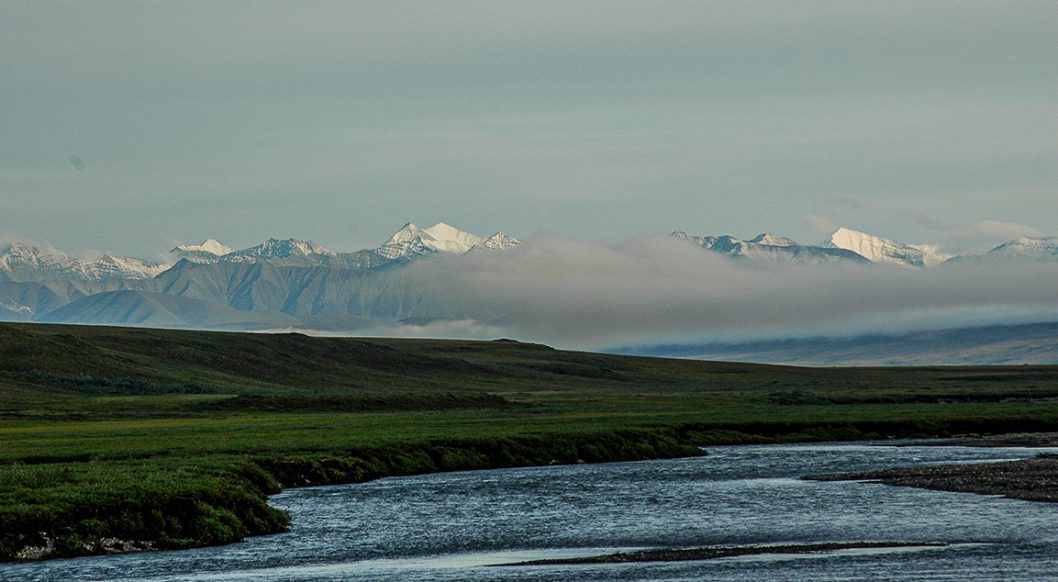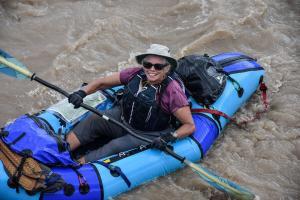
Secretary Haaland Suspends Drilling in the Arctic National Wildlife Refuge
On June 1st, led by the Secretary of Interior, Deb Haaland, the Biden Administration issued a suspension on oil and gas drilling within the Arctic National Wildlife Refuge. The Department of Interior (DOI), “suspended all activities related to the implementation of the Coastal Plain Oil and Gas Leasing Program in the Arctic National Wildlife Refuge (ANWR) pending completion of a comprehensive analysis under the National Environmental Policy Act (NEPA).”
This release stems from The Coastal Plain Oil and Gas Leasing Program, which was passed by Congress and the Trump Administration in 2019. The program gives the government the ability to lease 19.6 million acres of the Arctic National Wildlife Refuge. Furthermore, on January 6th, 2021, the Bureau of Land Management (BLM) held a lease sale on the coastal plain of the ANWR giving 10-year leases for 9 tracts of land which cover 437,804 acres of land.
Yet on day 1 of the Biden Administration, Executive Order 13990 was issued which requested the DOI to review the gas and oil activity within the ANWR. After reviewing the Coastal Plain Oil and Gas Leasing Program, the DOI decided to issue a moratorium.

Pomarine Jaeger defending his nesting territory from an intruder (me) on the Arctic Plain of the Arctic National Wildlife Refuge. © Dave Foreman
The dispute over drilling in the Arctic National Wildlife Refuge is not a contemporary one. The ANWR is one of America’s last “untouched” tracts of land. Over 250 species of animals use the land which includes caribou, muskoxen, and wolves.
In 1960, President Eisenhower established 8.9 million acres as a wildlife refuge. Then in 1980, President Carter added onto the refuge making it to a total of 19 million acres. Carter stated that the potential oil reserves in ANWR’s 1.5-million-acre coastal plain could be considered for development, however, only if Congress explicitly authorizes the use.
Republicans, knowing of the profit of oil, have tried on multiple accounts to gain access to the oil. In 1989, a bill advanced through Congress to allow drilling, but it was rejected due to the Exxon Valdez spill, and in 1996 the Republican-controlled Congress passed another that was subsequently vetoed by President Clinton.
A promising future is ahead for the Arctic National Wildlife Refuge. Oil prices have fallen and with the public caring about climate change, clean energy alternatives like solar are becoming profitable. Secretary Haaland has now issued an extensive and thorough environmental review, and along with Biden’s 30×30 initiative and his means to address climate change, the prospect of drilling for oil in the ANWR looks to now be slim.
Featured Image: Brooks Range and Canning River from Arctic Plain, Arctic National Wildlife Refuge. ©Dave Foreman
Jeremy Doblin is currently an intern for Rewilding Earth (TRI). He is a student at Appalachian State University where he is pursuing degrees in Political Science and History with minors in peace studies, non-profits, and communication. He hopes to focus his career in conservation and natural land management. In his free time he enjoys backpacking and rock climbing within the Appalachian mountains.


